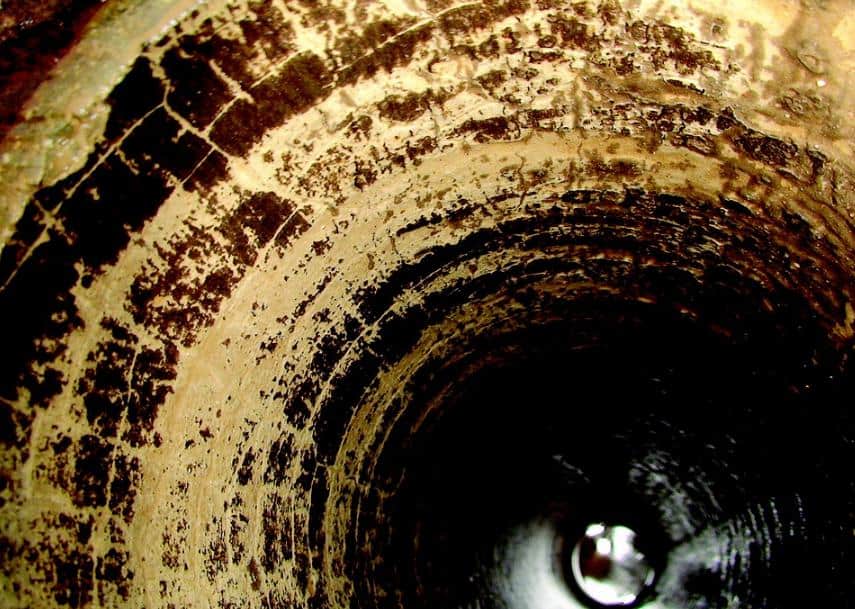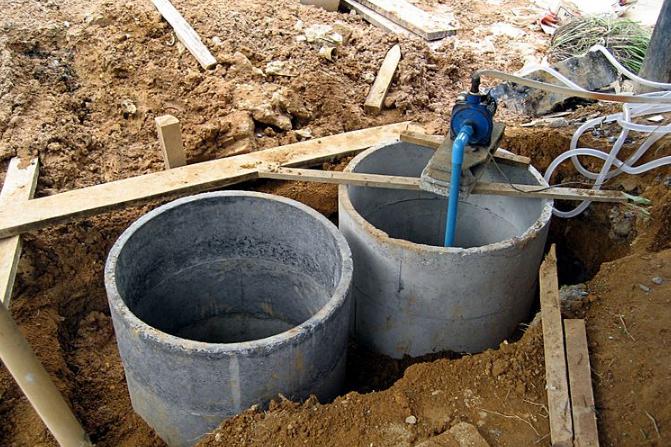It is a very common problem that people who have purchased a home for the first time don’t even know that they need to pump their septic tank. On the other hand, there are many who claim that they just moved in somewhere, only to find that the septic tank has never been pumped.
The septic tank is a storage unit surrounded by mystery – and why shouldn’t it be, right? From a very young age, we are told to keep away from these tanks. So it isn’t exactly anyone’s fault that they don’t know that it needs to be pumped. But what if your septic tank has never been pumped? Does it present any problems?
If you fail to pump your septic tank, you are basically exposing the soil surrounded by the system to harmful untreated water, risking clogging the system, risking clogging your drainage pipes every now and then, and more importantly, you can end up giving yourself a costly venture to cope with. Let’s discuss the potential damage that an unpumped tank can do.
What Happens When the Septic Tank Is Pumped?

A septic system relies heavily on sludge build up via diffusion, as ‘treated’ water seeps through the drain field and sludge settles down. As more and more material keeps on flowing in, the older sludge settles at the bottom of the tank as it is being consumed by bacteria.
However, bacteria doesn’t consume the same nearly as quickly. This means that excess sludge keeps on adding pressure on older layers, forcing it to settle. When you pump the tank, this sludge is removed and if repairs are required; disinfected.
However, if not pumped out, every additional layer keeps forcing the one below it to settle, adding more and more pressure on top of the bottom one. As the process continues, the bottom layer sticks stubbornly to the bottom such that it needs to be practically scraped off.
Homeowners need to understand that septic tanks are basically ‘holding spaces’ for all the waste emitted by a home. In the tank, bacteria helps break down solid matter and turns it into sludge, while the liquid diffuses out through drain fields into the soil, seeping down into the ground. The natural filtration system takes place with the help of soil, heat, and increased pressure.
Over time, sludge breaks down further to eventually turn into biogas if given enough time. The methane gas produced is dangerous to us, but since it is combustible, it is often used by treatment facilities for power. By not pumping your tank, you are basically introducing methane into your tank.
If enough time passes, not only will the gas start seeping out, it may even turn into a land mine, waiting for someone to open it up. Oh, and if not pumped regularly, expect your septic system and sewage to lose efficiency.
What Are the Consequences of Not Pumping Your Tank?
Whether you are not pumping your tank, or there was a lack on the previous owner’s part, the damage done depends entirely on how long it has been since the tank has been full. As solids reach the drainage pipe, they will eventually get blocked causing a clog.
It is important to note that the sludge buildup process is very slow and can take months. This is precisely why people often miss it happening. It is human nature to do something about a problem only when it becomes too dire.
Over time, following are just some of the problems you are likely to face:
- Sewage smell throughout the yard
- Septic tank overflow
- “Swamps” and sinkholes all over the drain field
- Wastewater backing up into the house or your lawn
- Ground floor drains overflowing or becoming slow
Although you should really wait for this to happen, if you are not sure whether the tank is overflowing or not, look at the grass on top of the septic tank. If it is bright green and fresh – a bit too fresh – your tank is overflowing.
If you start seeing these problems, remember that it will take only a couple of weeks, two months at the latest, for them to become critical.
Understanding the Reality of Never Pumping a Septic Tank

Think of your septic tank as a large box made specifically for holding sludge. When in use, the tank slowly fills up and the material gets “digested”. As it gets digested, it will settle at the bottom of your tank. Not only that, you will find that a layer of wax will build up over the tank.
When it reaches the 70% mark, you should consider getting it pumped – 90% at the latest. However, if you don’t, the liquid will start reaching the inspection hole and the manholes on top of the tank. Let’s say you still don’t empty the tank.
As more water flows in, it will offset itself by water flowing outside from the manholes. In the beginning, it will be just water (in most cases), since the solids settle. You may find the odd floating substance, but in more recent tanks, there is a removable mesh under each manhole to prevent that from happening.
As time passes, the outflowing material will also start making its way through various side pipes into the field. More inflow means more outflow, and eventually the water won’t be able to drain fast enough. That is when your field will start smelling of sewage.
Ultimately, grass will grow on the field, reducing the field’s ability to drain water and it will continue to spread, inviting not only insects, but also pathogens. At this point, the septic system is doing nothing but holding on to the solids and expelling the liquid without really ‘treating’ it. It’s just acting as a filter.
Rain or snow can further exacerbate the situation. Regardless, the outflow will soak upward and the ground will become soggy, smelly, and host a plethora of digested-fluid pools. During all this time, solids are being built up in the tank.

Depending on the quality of the system, two things happen. Either the solids start blocking pipes, leading to poor or no drainage, or the pressure makes an opening in the tank and exits from there; meaning the tank develops cracks.
If solid material finds its way outside, you are in for an infestation the likes of which you have never seen before. If it doesn’t, pressure ‘pastes’ the sludge on the inside of your septic tank. When this happens, you are looking at an expense that is much higher than what you would normally have to pay.
The longer you wait to pump your septic tank, the more layers stack on top of each other. More layers mean more difficulty cleaning it.
Remember, in order to pump out the sludge, it needs to be mixed with water. This is done by pouring water into the tank, pulling it out, and pouring it back in again and again until the tank is clean. There may be some mild scrubbing involved too, but scraping it becomes a very painstaking task.
In rare cases, every layer of solidified sludge means an additional layer that can’t be cleaned, thus reducing the tank’s capacity. If a septic tank has never been pumped, chances are that cleaning it would be more expensive than getting it replaced.
